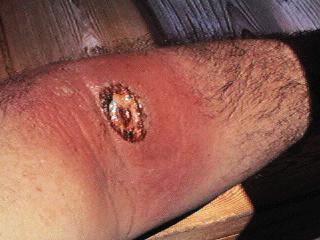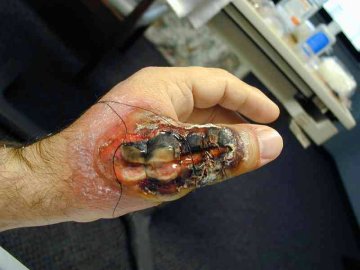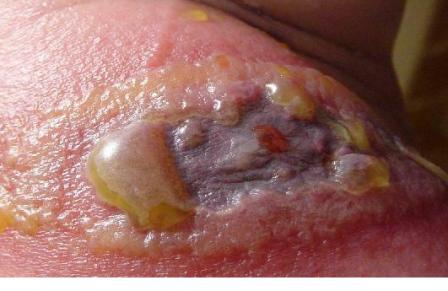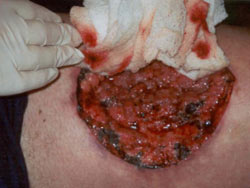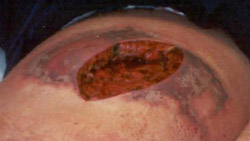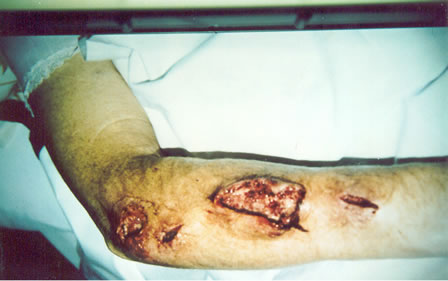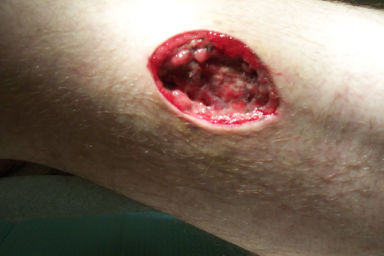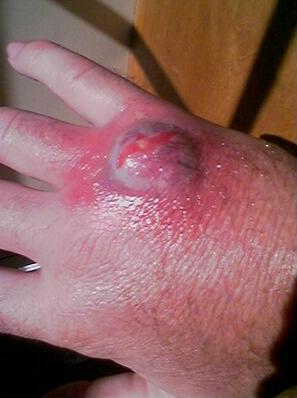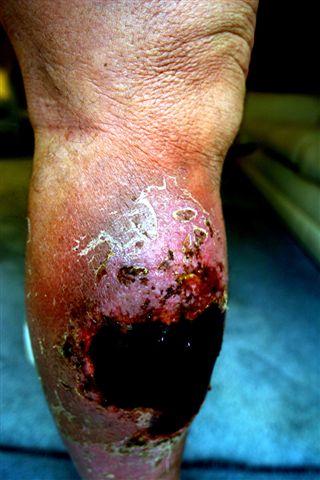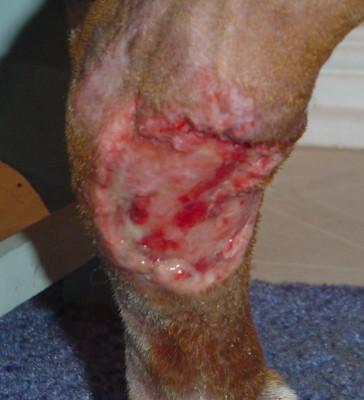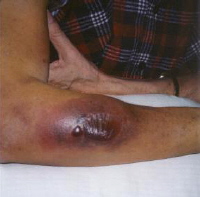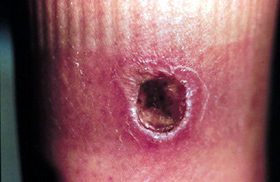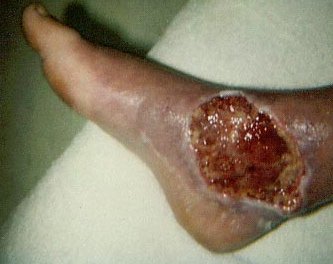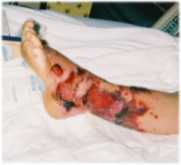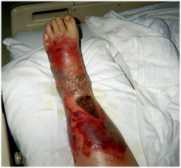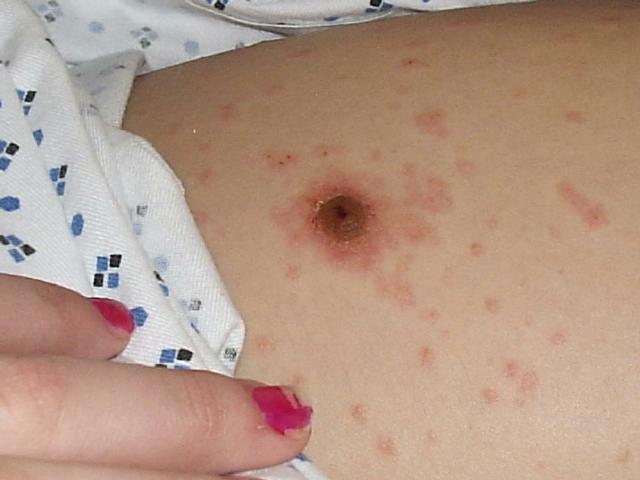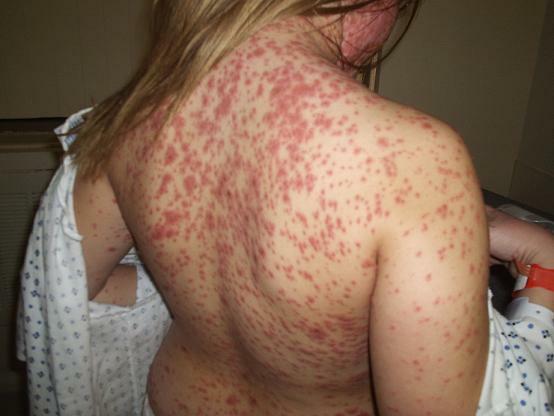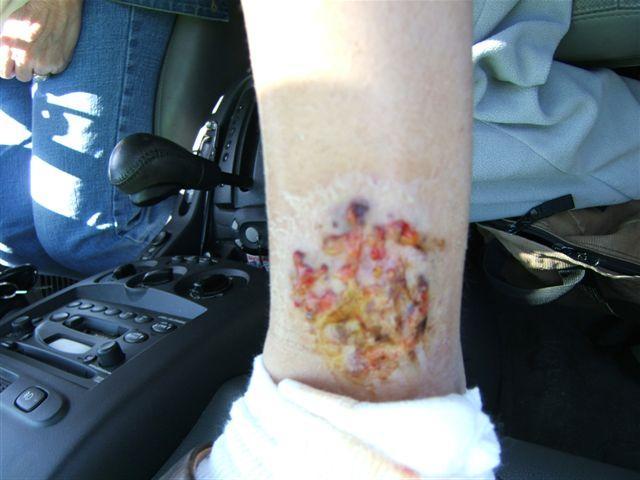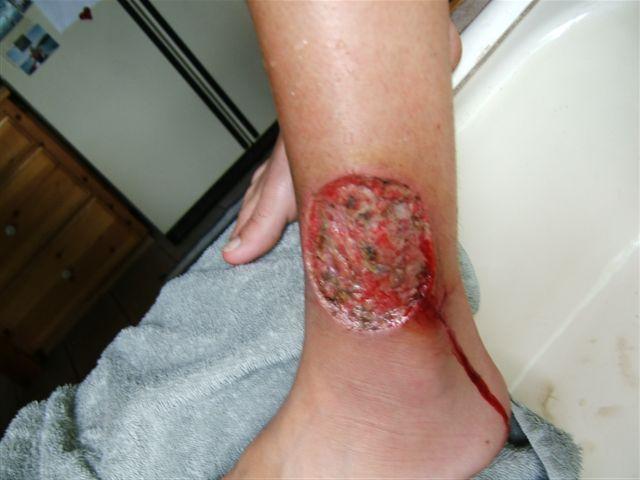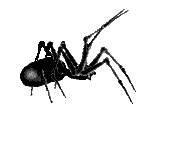 Spider
Bites
Spider
Bites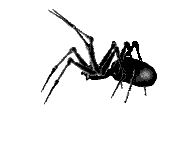
 Spider
Bites
Spider
Bites
|
All spiders have some amount of venom with varying degrees of potency. The fangs of a spider are hollow. The venom is injected through the fangs into the victim (usually an insect). The venom will rapidly paralyze the victim and aid in digestion. Fortunately, most spiders are not dangerous to humans because their fangs are either too short or too fragile to penetrate human skin. Spiders do not attack in herds. They do not lay in wait and attack people. They do not lift the covers at night and crawl into bed to bite people as they are sleeping. Some spiders can jump but they are not intentionally jumping at humans to attack them. A spider generally bites a human because it was scared and bites to defend itself. They prefer to live in undisturbed areas such as corners of the house or the eaves or in the garden where they can catch insects in peace. While most spider bites are not dangerous, there is a group of spiders that can produce bite wounds that look similar to a brown recluse spider bite. In most cases of bites from these spiders, there is pain or burning at the bite site in the first 10 minutes. The bite from this group is usually described as looking like a "target" or "bull's-eye." The centre of the wound is usually a blister surrounded by a reddened area. A pale or blanched area may surround the discoloured reddened area. The blister may rupture, leaving an open ulcer. In severe cases the ulcer can become deep and infected causing tissue breakdown or tissue death (necrosis). Worsening pain, itching and a burning sensation develop. A patient may also have symptoms such as a red, itchy rash over the torso, arms and legs that is usually seen in the first 24-72 hours. Patients may have pain in the muscles and joints, fever, chills, swollen lymph nodes, headaches, and nausea and vomiting. |
These pictures are bites from the Brown Recluse Spider
